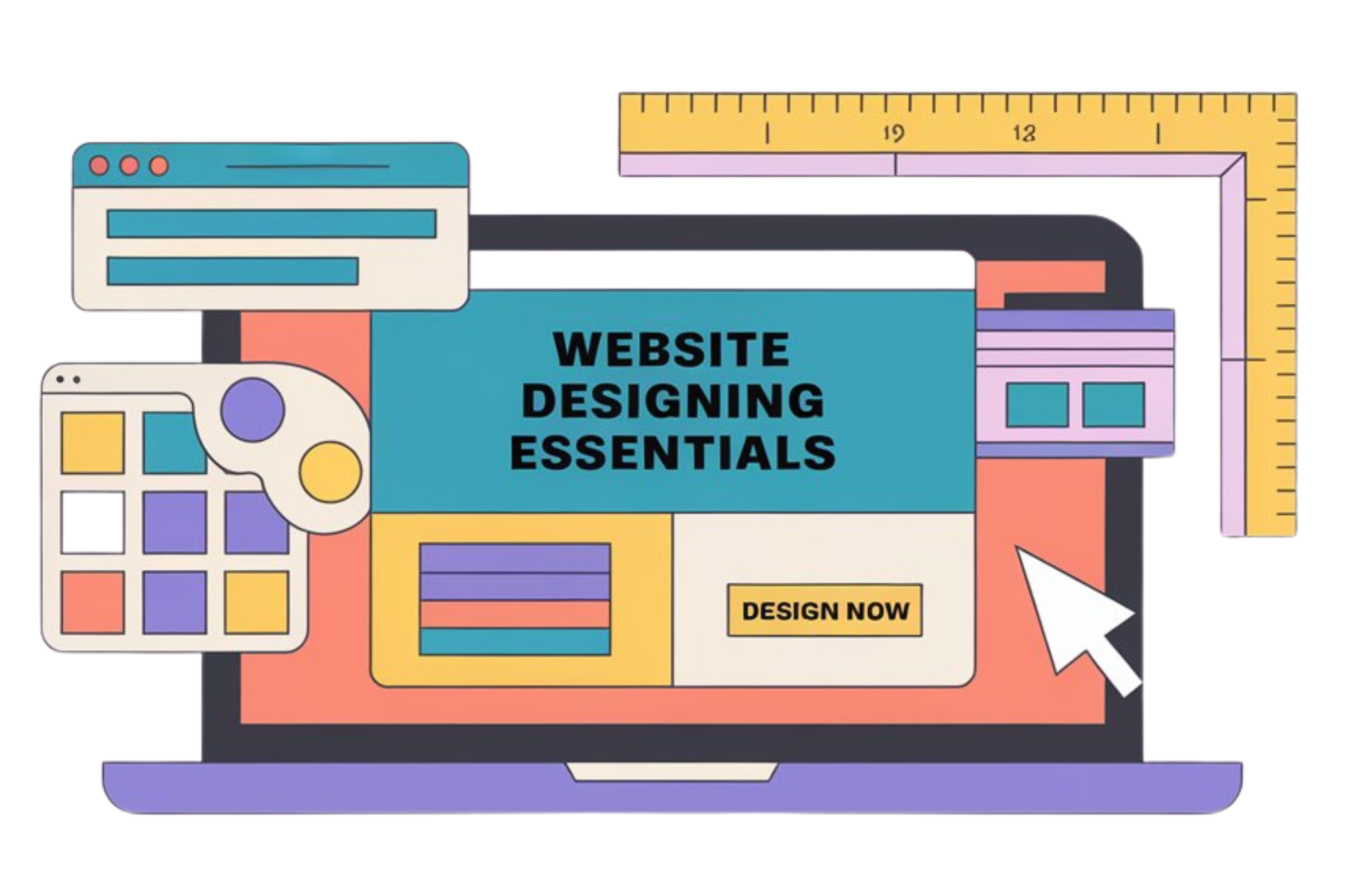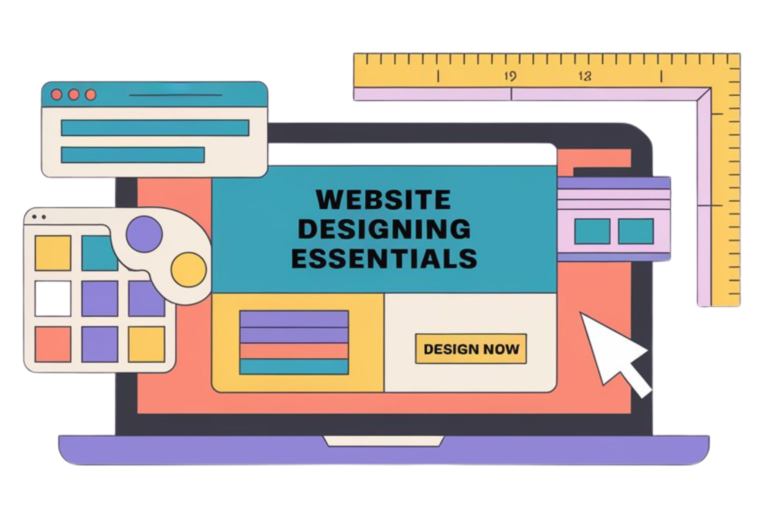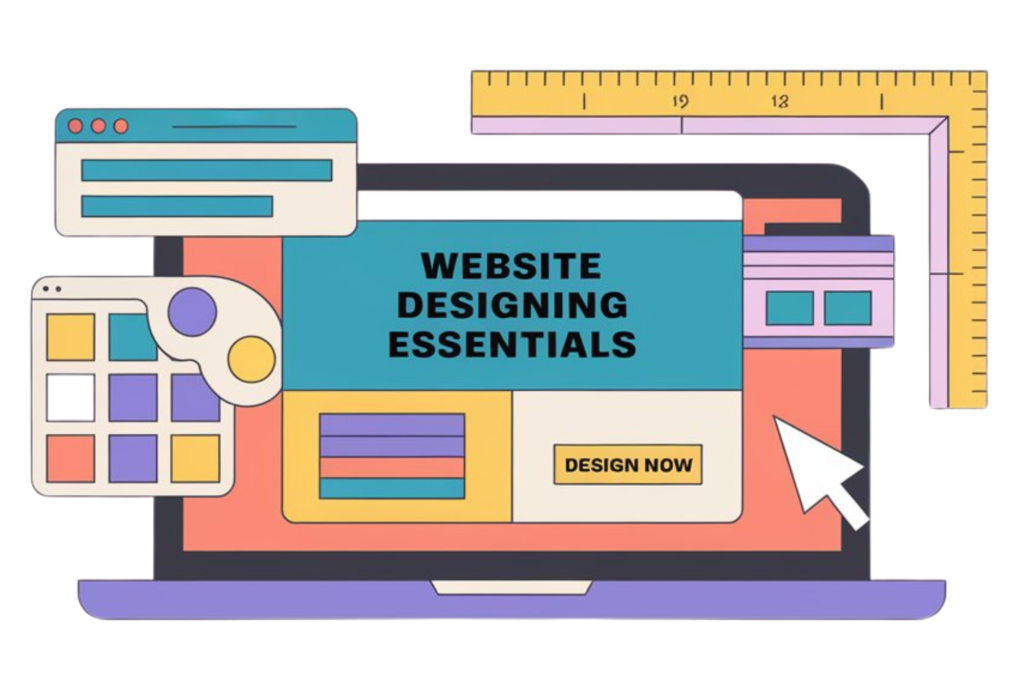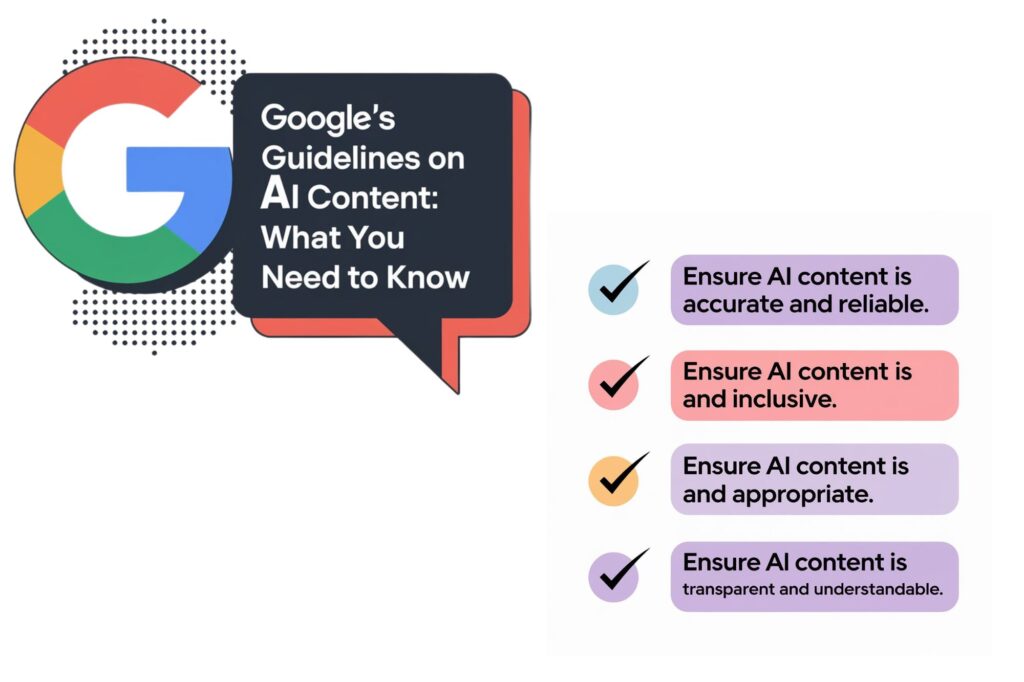Creating a user-friendly website is essential for any business or individual looking to establish an online presence. In this blog, we will explore the key essentials of website design that contribute to a positive user experience. From understanding your audience to ensuring mobile responsiveness, these elements are crucial for attracting and retaining visitors.
Understanding Your Audience
Identify Your Target Market
Before diving into the design process, it’s vital to understand who your audience is. Identify their demographics, preferences, and behaviors. This knowledge will guide your design choices and content strategy, ensuring that your website resonates with users.
User Personas
Creating user personas can be a helpful exercise. A user persona is a fictional representation of your ideal customer based on research and data. This tool helps you visualize your audience’s needs and expectations, allowing for more tailored design decisions.
Clear Purpose and Goals
Define Your Website’s Objective
Every website should have a clear purpose. Whether it’s to sell products, provide information, or showcase a portfolio, defining your goals will help shape the overall design. A focused objective keeps the design aligned with user expectations.
Call-to-Action (CTA)
Incorporate clear calls-to-action throughout your site. Whether it’s “Buy Now,” “Sign Up,” or “Learn More,” CTAs guide users toward desired actions, enhancing user engagement.
Intuitive Navigation
Simplified Menu Structure
A well-structured navigation menu is crucial for user experience. Keep it simple and organized, allowing users to find information quickly. Use descriptive labels for menu items to enhance clarity.
Breadcrumbs and Search Functionality
Implement breadcrumbs to help users track their location within the site. Additionally, a search bar can assist users in finding specific content without navigating through multiple pages.
Responsive Design
Mobile Optimization
With an increasing number of users accessing websites via mobile devices, responsive design is non-negotiable. Ensure your website adapts seamlessly to different screen sizes. This not only improves usability but also boosts SEO rankings.
Testing Across Devices
Regularly test your website on various devices and browsers to identify any issues. Tools like Google’s Mobile-Friendly Test can help assess your site’s responsiveness.
Eye-Catching Visuals
Consistent Branding
Visual elements should reflect your brand identity. Use consistent colors, fonts, and imagery across all pages to create a cohesive look. This consistency builds trust and recognition among users.
High-Quality Images
Utilize high-quality images that resonate with your audience. Poor-quality visuals can detract from the overall experience and make your site appear unprofessional.
Content That Engages
Clear and Concise Copy
Your website’s content should be easy to read and understand. Use simple language and break up text with headings, bullet points, and images to enhance readability.
Valuable Information
Provide valuable content that addresses your audience’s needs or questions. This could include blog posts, FAQs, or tutorials that position you as an authority in your field.
Fast Load Times
Optimize Performance
Website speed is critical for user satisfaction. Optimize images, leverage browser caching, and minimize HTTP requests to improve load times. Tools like GTmetrix can help analyze performance issues.
Hosting Solutions
Choose a reliable hosting provider that offers fast load times and excellent uptime guarantees. A good hosting service directly impacts your site’s performance.
Accessibility Considerations
Inclusive Design
Designing with accessibility in mind ensures that all users can navigate your site effectively. Use alt text for images, ensure sufficient color contrast, and make sure the site is navigable via keyboard for those with disabilities.
Compliance Standards
Familiarize yourself with accessibility standards such as the Web Content Accessibility Guidelines (WCAG). Adhering to these guidelines not only enhances usability but also broadens your audience reach.
Regular Updates and Maintenance
Content Management System (CMS)
Utilize a CMS like WordPress or Joomla that allows for easy updates and maintenance. Regularly refresh content to keep it relevant and engaging for returning visitors.
Monitor Analytics
Use tools like Google Analytics to monitor user behavior on your site. Analyzing data helps identify areas needing improvement and informs future design decisions.
Final Thoughts
Creating a user-friendly website involves understanding your audience, defining clear goals, ensuring intuitive navigation, optimizing for mobile devices, employing eye-catching visuals, providing engaging content, maintaining fast load times, considering accessibility, and committing to regular updates. By focusing on these essentials of website design, you can significantly enhance the user experience and achieve greater success online.Incorporating these strategies not only improves usability but also fosters trust among visitors—ultimately leading to higher engagement rates and conversions. As you embark on your website design journey, remember that a user-centric approach is key to creating an effective online presence that resonates with your audience.















